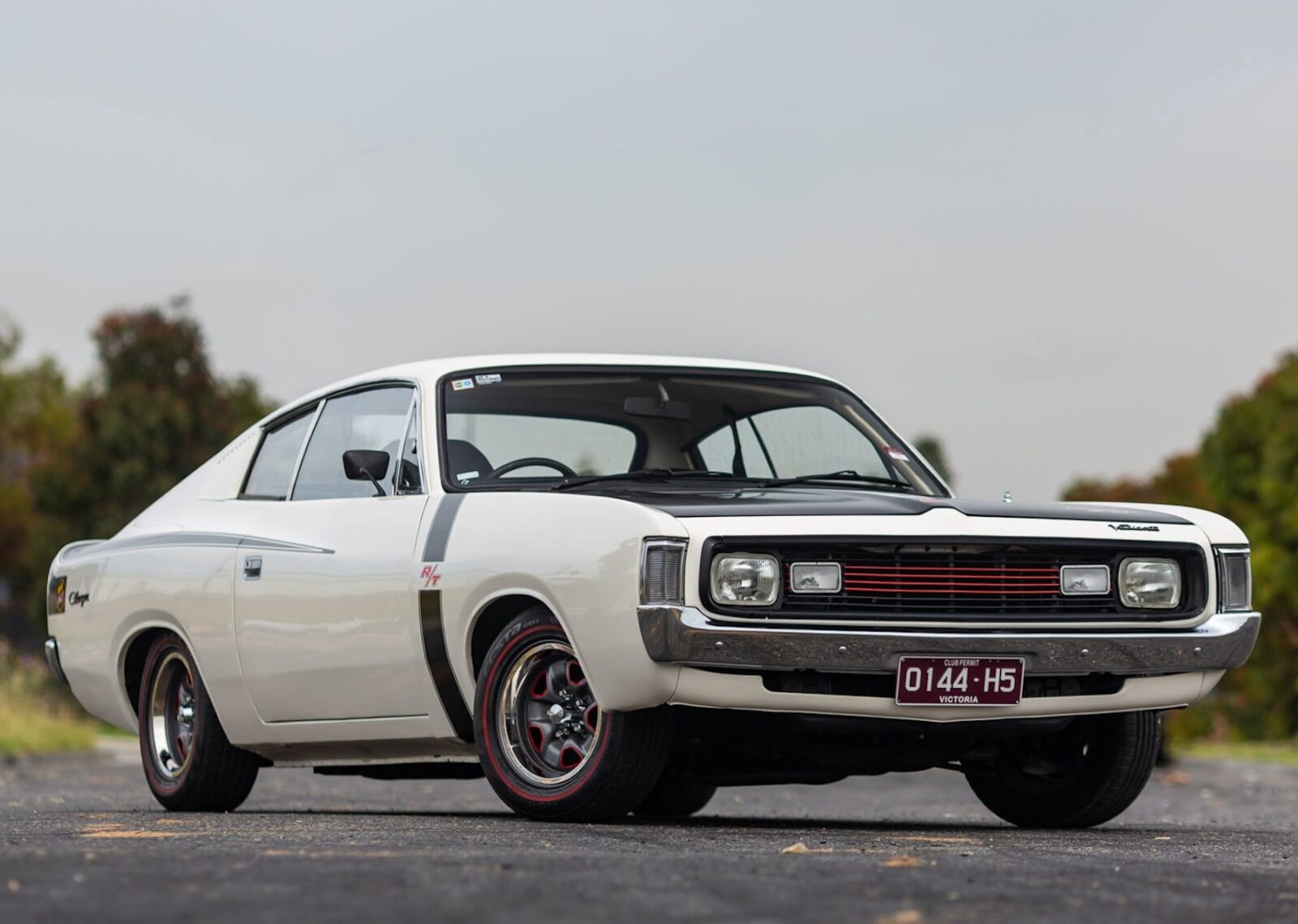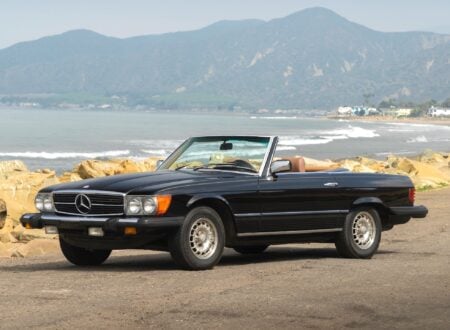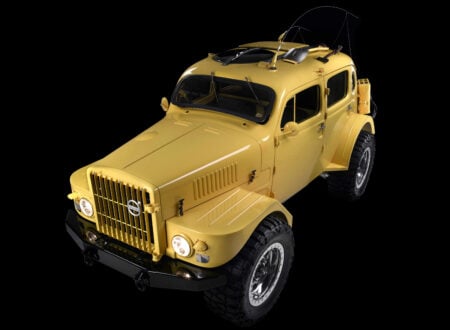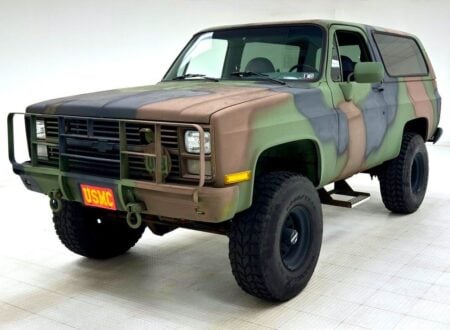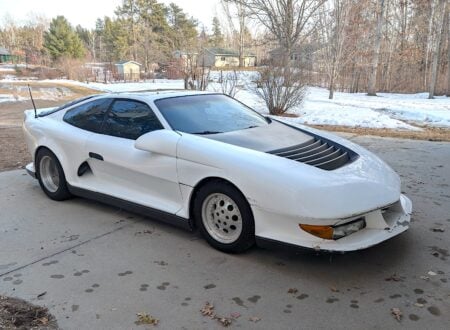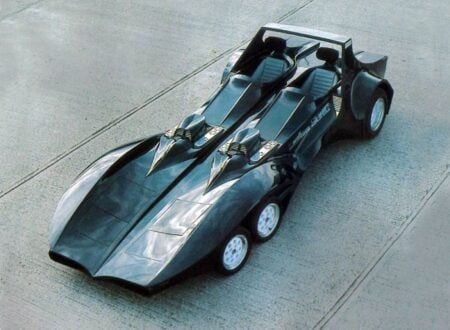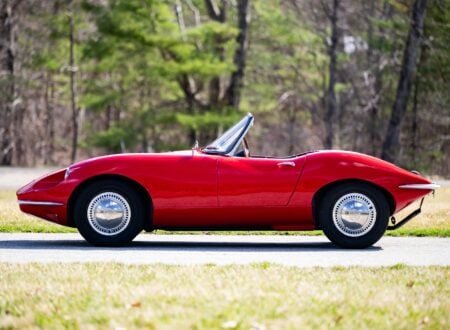This is a 1971 Chrysler Valiant Charger R/T, it’s an Australian car developed on a modified version of the US Chrysler A-body platform, as a sports car coupe version of the Australian Chrysler Valiant four door sedan of the era.
Unusually, the Valiant Charger’s most powerful engine option was a straight-six, which outperformed the much larger V8 also offered in the model producing 302 bhp vs 275 bhp. The lighter weight of the six also helped with handling, and the Charger quickly became a race winner.
Fast Facts – The Chrysler Valiant Charger R/T
- The Valiant Charger was introduced in 1971 as part of the VK Valiant series. It was based on the larger Valiant sedan platform but featured a shorter wheelbase and a more sporting, fastback coupe body. The car was available in various trim levels, including the base model, the Charger XL, and the high-performance Charger R/T (Road/Track).
- The Charger series of vehicles was produced from 1971 to 1978 across four major generations – the VH, VJ, VK, and the CL. Buyers could choose from a number of packages and engines, from the smallest 3.5 liter 140 bhp inline-six, to the most powerful 4.3 liter with 302 bhp, up to the largest – a 5.6 liter V8 with 275 bhp.
- The first generation Charger VH would win its first ever race, the Toby Lee 100 at Oran Park in Sydney with driver Doug Chivas at the helm. The car would enjoy a distinguished racing career in Australia, and it would become an utterly dominant race car across the pond in New Zealand.
- The car you see here is a first year Valiant Charger R/T, it has the highly desirable “E37” option package, making it just one of 134 made for that year. It’s recently been restored and it’s now being offered for sale out of Melbourne, Australia on Collecting Cars.
The Valiant Charger Arrives On The Scene
When the Valiant Charger debuted in 1971 it had a difficult task ahead of it, to battle with the likes of the Ford XY Falcon GT and the Holden LC Torana GTR XU-1 for supremacy among Australian-build performance cars.
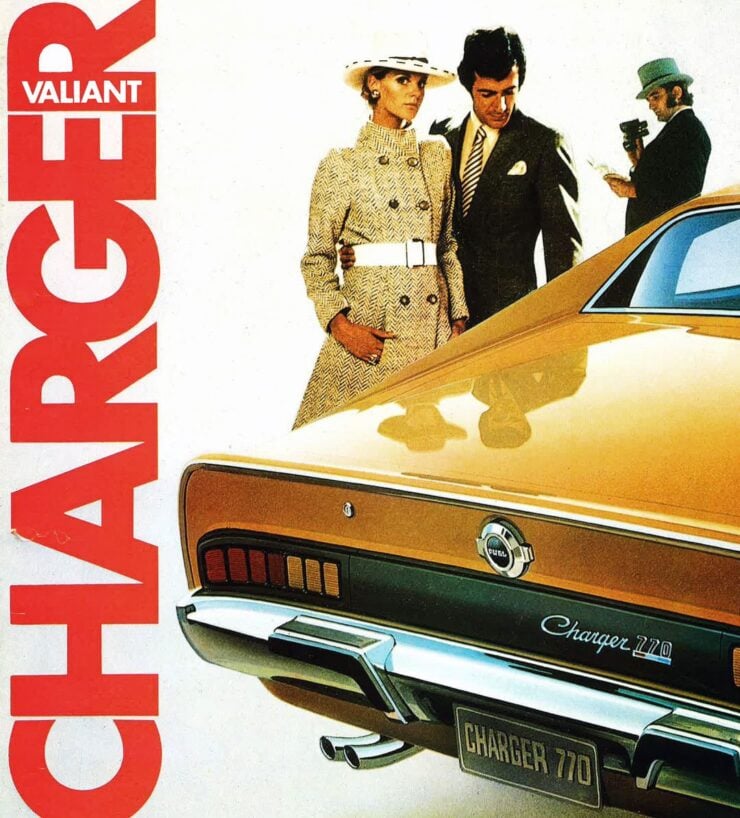

The engineering team at Chrysler Australia developed the new car, named the Charger after its American cousin, on the Chrysler A-body platform from the US. It was given wider fenders and a wider rear axle to allow the fitment of wider tires, and it was given a whole new body design that was created locally by Bob Hubbach and Bryan Smyth.
Similar to the Torana of the same era, the Valiant Charger’s most powerful engine option was a straight-six, though it did come with two V8 options for those who wanted additional torque. The six-cylinder engine had seven main bearings and was incredibly strong, meaning it would be tuned for sustained high power output with no reliability deficit.
Amazingly, at 302 bhp, the straight-six in the Charger R/T (Road/Track) was one of the most powerful production car six cylinder engines ever made, until it was usurped by the Porsche 911 Turbo in 1975. This combination of high power and a lower weight than the 5.6 liter “770” V8 resulted in the best handling configuration for the Valiant Charger, and it was the one used for almost all the racing versions of the model.
The Charger would go onto to win its first ever race, the Toby Lee 100 at Oran Park in Sydney with driver Doug Chivas at the helm. It would enjoy a solid racing career in Australia but it would never quite match the Torana or the Falcon.
Across the Tasman Sea in New Zealand it would be a completely different story however, the Valiant Charger would become one of the nation’s dominant race cars through the 1970s, even beating the Ford XY Falcon GTHO of Allan Moffat.
The regular proaction version of the Charger won Wheels magazine’s “Car of the Year” award for 1971, a major accolade in Australia which significantly helped boost the model’s sales across the country. The Charger would remain in production from 1971 until 1978 across four major generations – the VH, VJ, VK, and the CL.
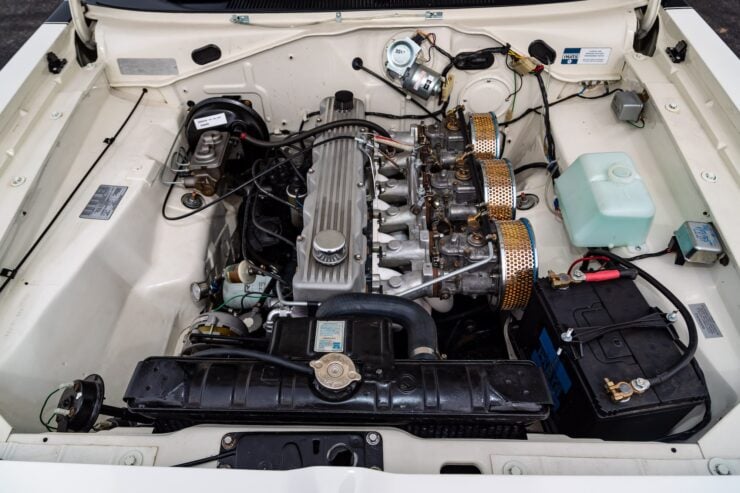

The Valiant Charger would become one of the most memorable Australian home-grown sports cars of the 1970s and today they enjoy a significant following across the nation, with prices invariably creeping ever higher.
Buyers are always on the lookout for rare examples of the Charger R/T with the E37 option package which included a performance tuned “Six Pack” engine fitted with triple side-draft Weber carburetors.
The 1971 Valiant Charger R/T Shown Here
The car you see here is one of the rarer versions of the Charger R/T that came factory-fitted with the E37 option package, resulting in the most powerful version of the model available to buy for the general public.
The E37 R/T came with the 4.3 liter straight-six which was given a hot cam and triple side-draft Weber carburetors. A slew of additional performance modifications were made to the engine, resulting in a power output of 302 bhp – an astonishing figure for an engine of this size at the time.
The Charger R/T came with the 4-speed manual gearbox as standard, though a 3-speed Torqueflite 727 automatic transmission was available as an option. The car you see in this article was finished in white, a rare color with only four made for 1971.
The car has the black hood and black side stripes given to R/T models, and it now benefits from what the seller calls a comprehensive “front to back, inside and out” restoration which was completed in the last 3 years.
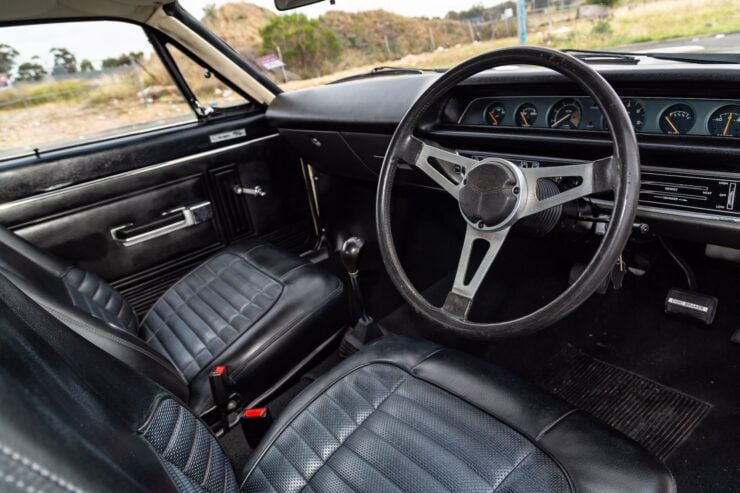

It’s important to note that this car is believed to have been re-bodied in the early 1990s, though it comes with the correct engine which matches the body tags – D3538-00119.
If you’d like to read more about this unusual piece of Australian motoring history of register to bid you can visit the listing here on Collecting Cars, it’s being offered for sale out of Melbourne, Australia.
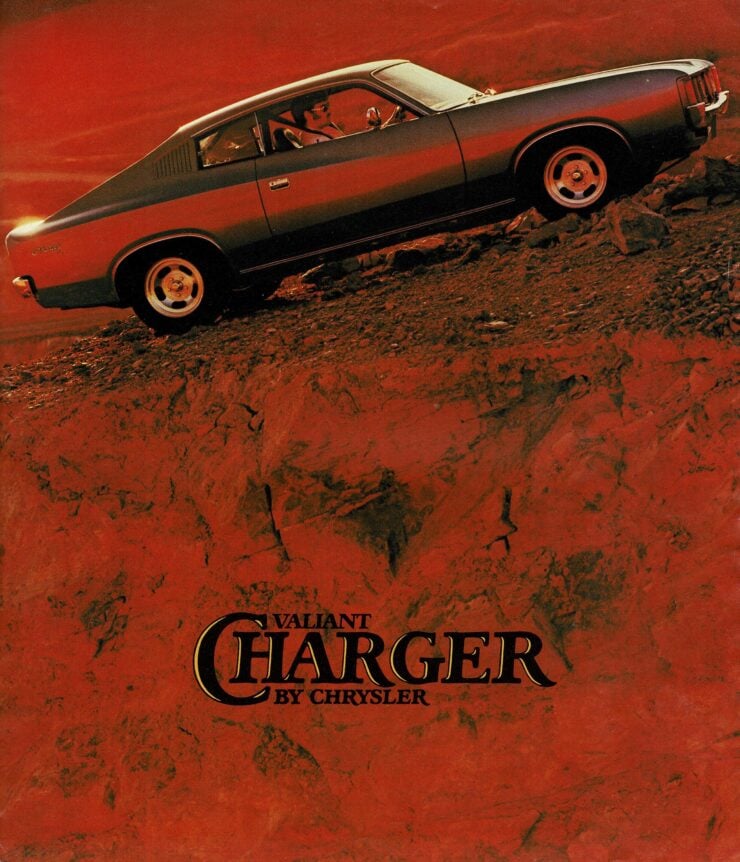
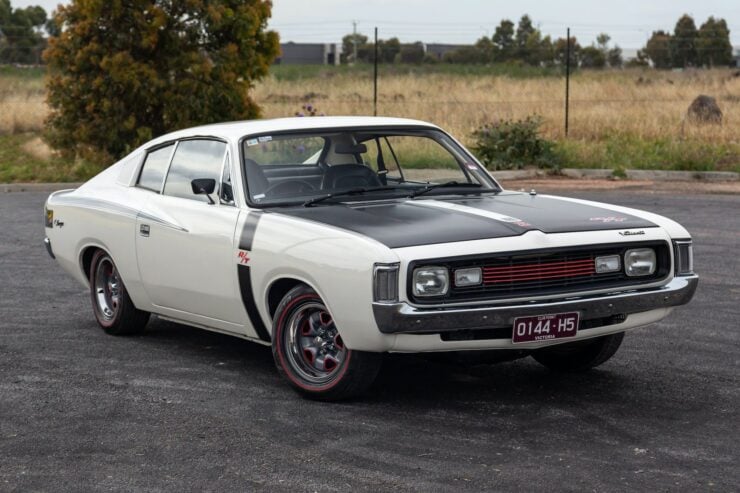
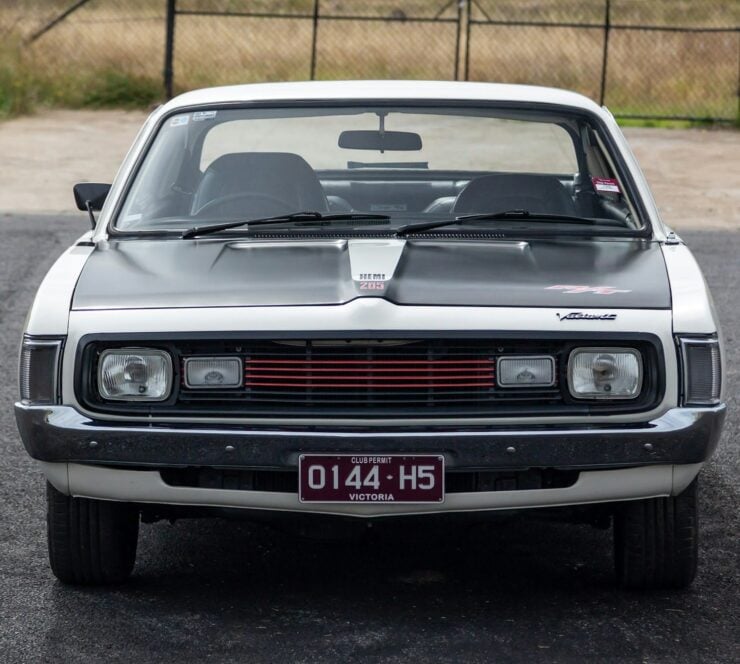

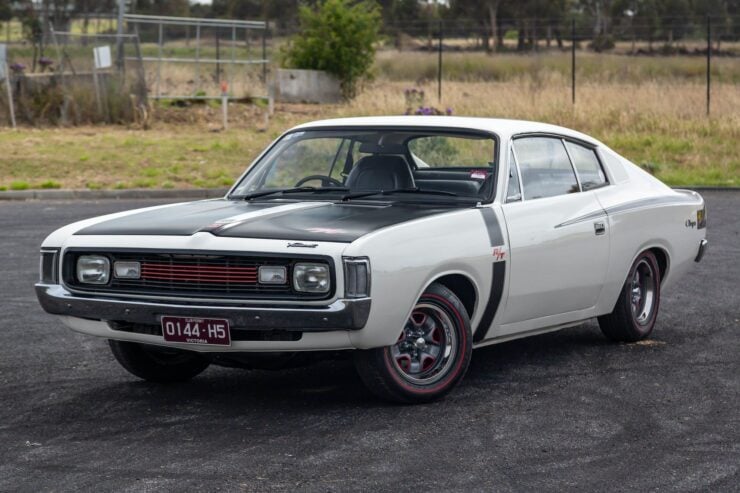
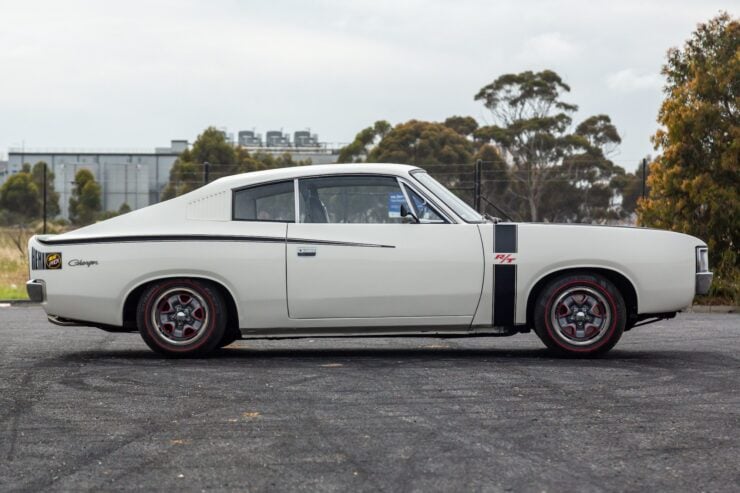
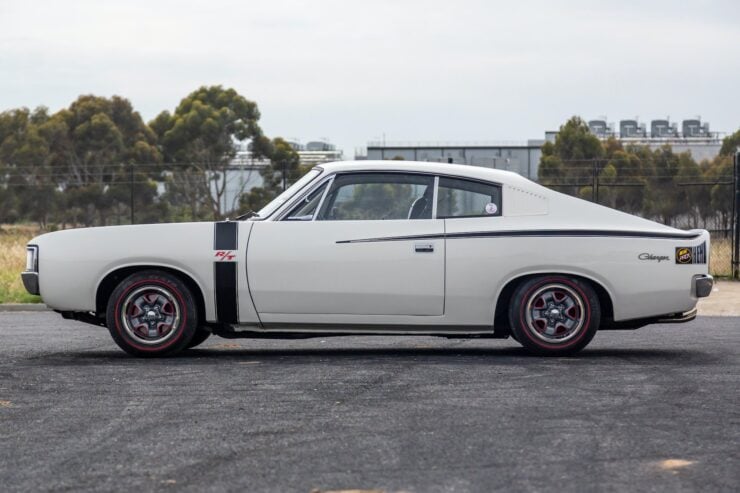
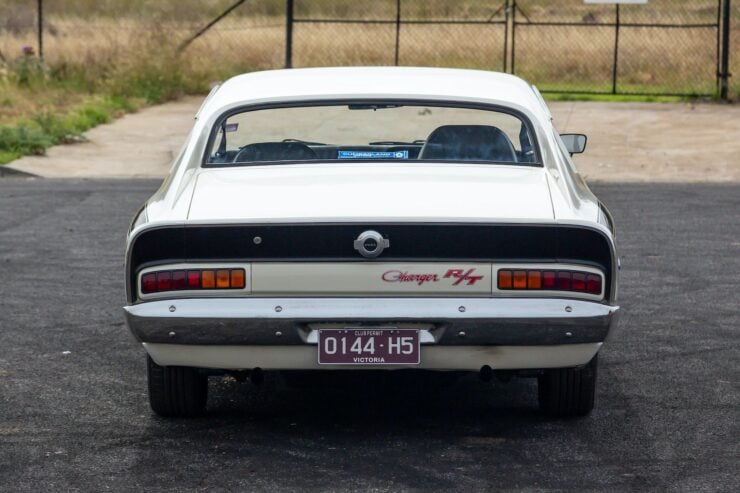
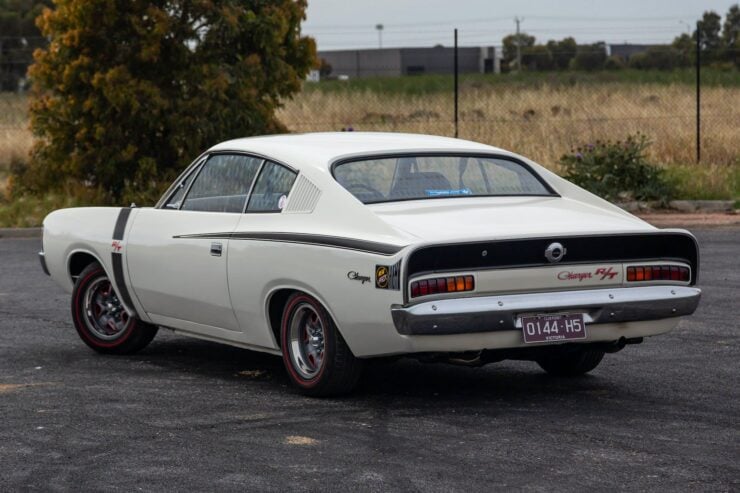
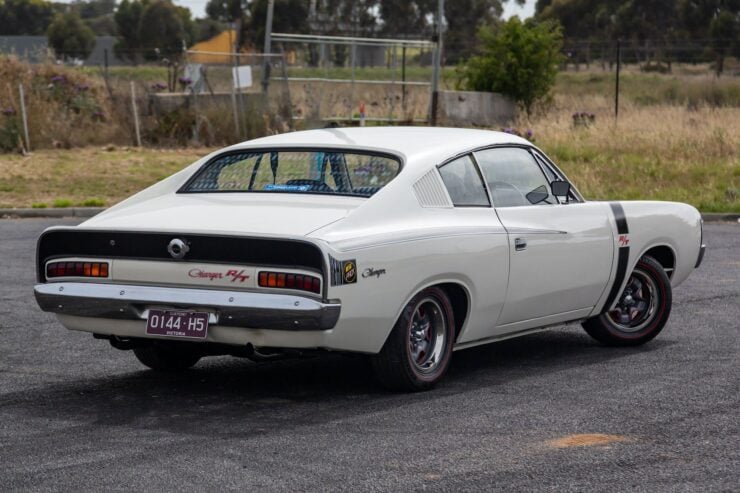
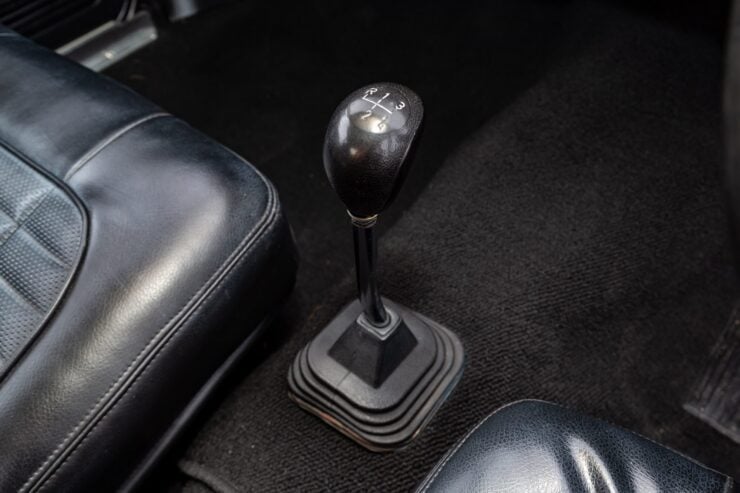

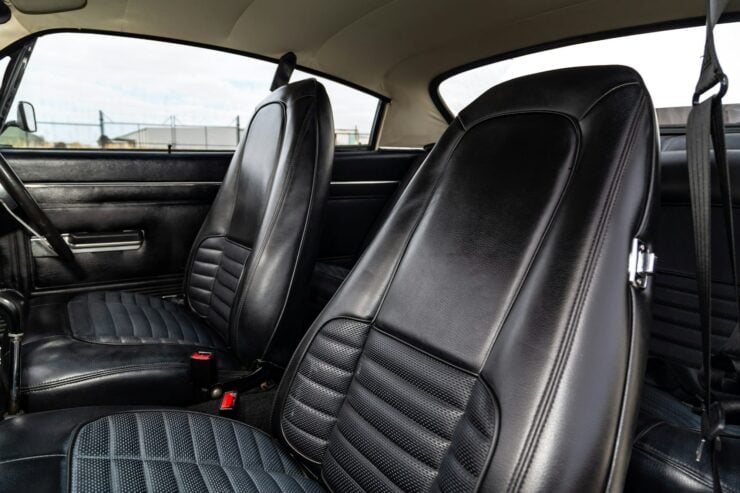
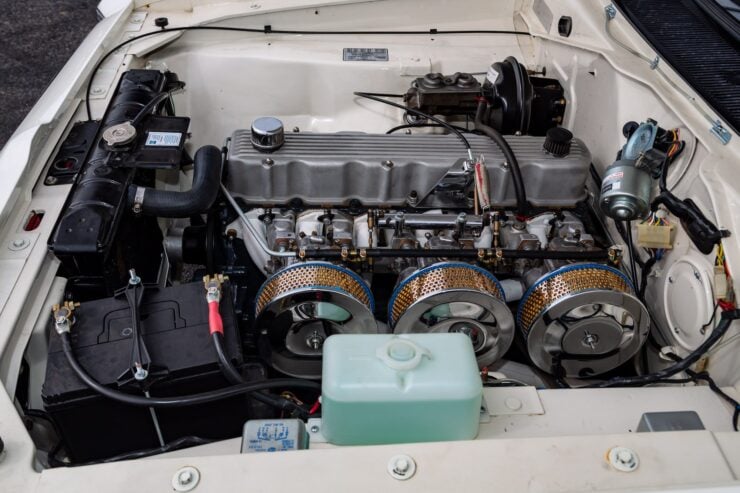
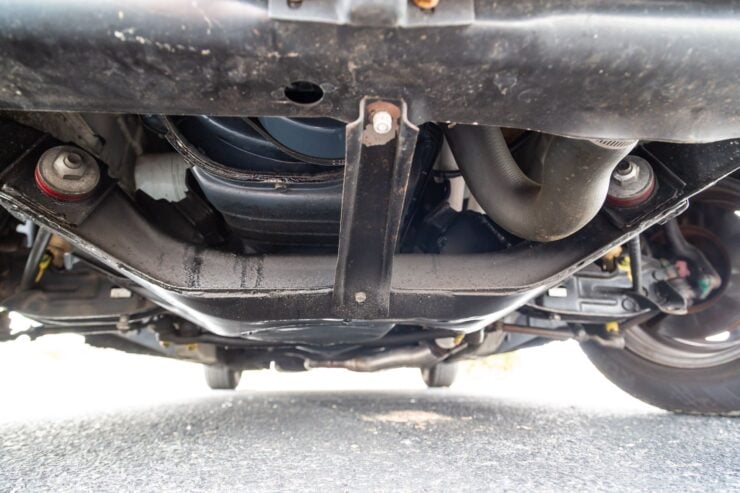
Images courtesy of Collecting Cars + Chrysler Australia

